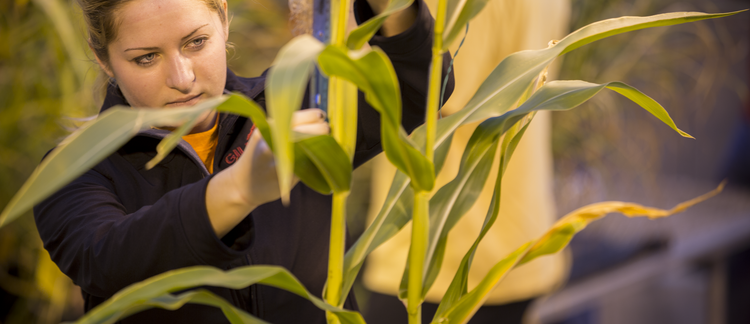Abstract
Butternut squash (Cucurbita moschata) is a common winter squash variety grown on vegetable farms and enjoyed by consumers in Iowa. Standard butternut squash cultivars produce fruits that weigh three to five lbs. In recent years vegetable breeders have developed butternut squash cultivars that are smaller and have reduced weights. The most popular of these mini-butternut cultivars, Honeynut, is a cross between butternut and buttercup squash (C. moschata x C. maxima). Honeynut is reported to produce sweeter, more flavorful fruits with thin skins while maintaining the butternut shape, and has spurred interest among consumers and growers. Given the success of Honeynut, breeders have developed new mini-butternut cultivars to meet consumer demand. Mini-butternuts produce fruits weighing between 0.5 and 1.5 lbs. while growing under the same conditions as classic butternut squash varieties. The size of the fruits is appealing to vegetable growers selling through community supplemented agriculture (CSA) or packing boxes. Mini-butternuts are gaining market value, although there are reports about decreased shelf life. Storage longevity of these types is about three months, in contrast to the six months of a standard, full-size butternut squash variety. The objective of this study was to evaluate five mini-butternut squash cultivars on yield, sweetness, and storability in Upper Midwest growing conditions.
How to Cite:
Carey, A. & Nair, A., (2022) “Evaluating Mini-Butternut Cultivars in the Upper Midwest”, Iowa State University Research and Demonstration Farms Progress Reports 2021(1), 15–17.
Downloads:
Download PDF
View PDF

